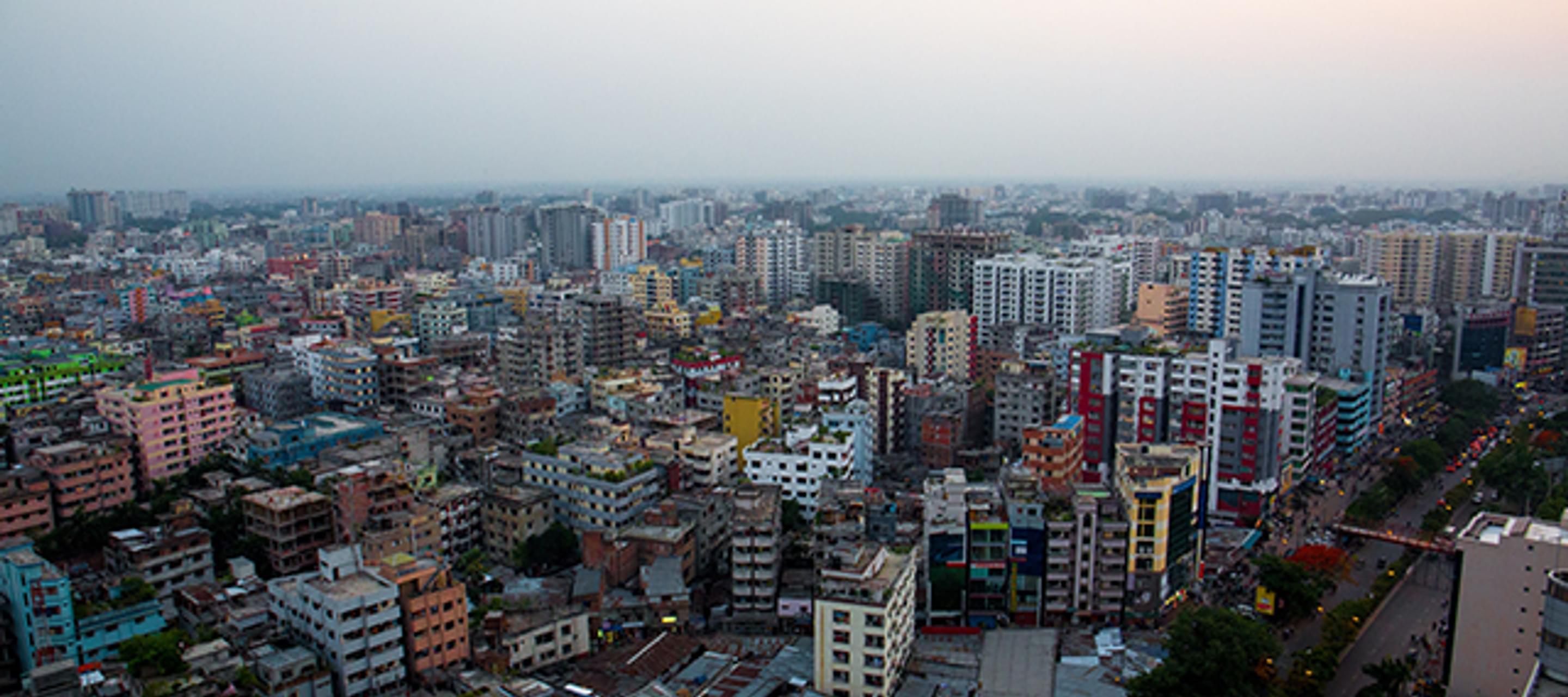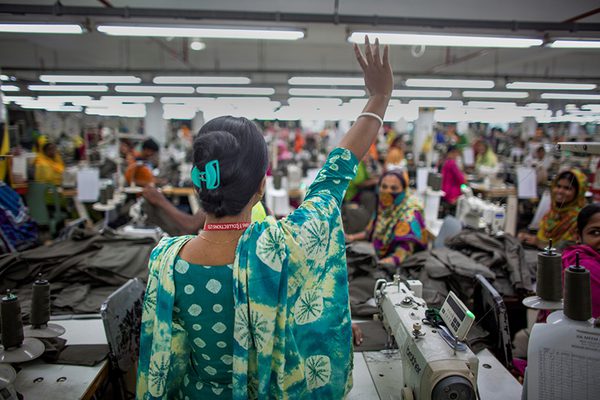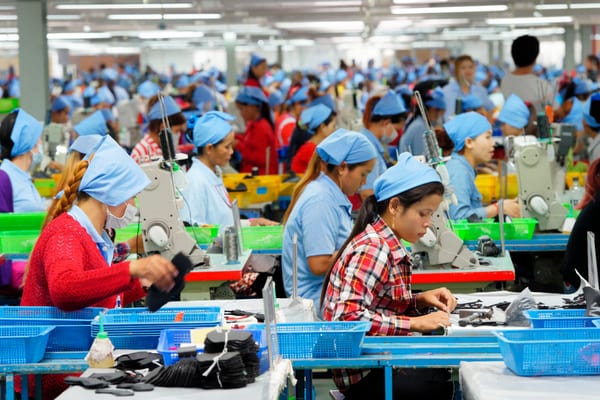Labor, Global Supply Chains, and the Garment Industry in South Asia - Bangladesh after Rana Plaza
23 October 2019

For those of us who care for human rights and labor rights April 24, 2013 will always be known as the deadliest garment factory accident in history.
More than 1,125 people died and 2,000 were injured when Rana Plaza, an eight story building in the outskirts Dhaka, of the capital of Bangladesh, collapsed. The building, which was originally built as a shopping complex, was not meant to serve as a garment factory, but that is what it became, filled to capacity with more than 3,000 workers and their machines.
Four stories had been added to the building without proper permits or documentation. Large cracks in the building had appeared the day before the disaster, and other than the garment factory, all other parts of the building were closed that day. When garment workers pointed out the cracks to their supervisors, they were reprimanded and told to go back to work, otherwise they would lose their jobs.
When garment workers pointed out the cracks to their supervisors, they were reprimanded and told to go back to work, otherwise they would lose their jobs.
At this time, I was just finishing my first book, Made In Bangladesh, Cambodia, and Sri Lanka: The Labor Behind the Global Garments and Textiles Industries (2014, Cambria Press) and I requested an extension from the publisher to be able to address this horrific disaster and what, some would argue, was a turning point in the industry.
Now, more than five years later, my new edited volume, Labor, Global Supply Chains, and the Garment Industry in South Asia: Bangladesh after Rana Plaza, brings together 15 different authors from a variety of disciplines and approaches to try and understand whether the concerns following the Rana Plaza disaster have been addressed and if not, what new approaches might look like.
This volume presents an interdisciplinary approach to addressing the crisis of labor rights from the perspective of workers, brands, international protections, community organisations, and governments. It is a unique contribution to the field, with chapters that are unified around the central theme of global supply chains that stretch around the world, as well as the sourcing decisions and business models that animate those chains, and how these pertain to poor labor conditions.
It puts Rana Plaza into a larger context to help readers understand the structural, managerial, and political conditions within which poor labor standards flourish.
The volume does three things through its collection of chapters that are both theoretically analytical and “solution” oriented. First, it puts Rana Plaza into a larger context to help readers understand the structural, managerial, and political conditions within which poor labor standards flourish. As Naila Kabeer writes in chapter 13, in order to:
“understand why problems of working conditions are so pervasive and persistent in garment value chains, we would be looking in the wrong place if we focus only on the factories where these problems are manifested. We need to move from a narrow ‘spotlight’ perspective on working conditions in global value chains, a perspective that draws our gaze to the locus of production alone, to a ‘flood light’ approach which illuminates the broader political economy of supply chain capitalism within which these production processes are located.”
Second, the book productively critiques the existing plans that are in place and highlights their limitations with the hopes of new and improved methods to address these critical concerns.
And finally, many of the authors provide a way forward by examining innovations, new ideas, and novel approaches that can all be part of a larger set of “solutions” to address workers rights post-Rana Plaza and beyond.
Many of the authors provide a way forward by examining innovations, new ideas, and novel approaches that can all be part of a larger set of “solutions” to address workers rights post-Rana Plaza and beyond.
It is clear that third party monitoring initiatives are limited in their scope and focus and will not likely prevent future tragedies from occurring. As Kristy Ward says in Chapter 5:
"Ultimately, however, different strategies – including pressure on the state to enforce its own labor laws – are needed to disrupt the enduring power dynamics between the state, global capital and labor. Otherwise third-party monitoring will continue to de-mobilize and de-politicize the efforts of organized labor to advance sustainable employment rights in global production networks.”
To effectively address the gaps going forward, there must be a concerted effort by all actors in the global supply chain - public and private - from consumers to donors, international organizations, local industry, civil society, to governments to engage in a dialogue. This book argues that in order to prevent horrific tragedies like Rana Plaza from occurring in the future, larger flaws in the global chain must be addressed, direct and long term buying relations with factories must be established, the government of Bangladesh must assume responsibility for properly regulating garment production, and linkages with existing movements must be created with the hope that this will change the way business is conducted and reduce the incentives of factory owners to take deadly risks in order to meet the demands of their clients.
Brands and retailers need to revaluate their current business model, which causes suppliers to be triple squeezed (on price, quantity, and time) and directly results in increased labor violations and incidents of gender based violence. Consumers need to reject the harmful trend of fast fashion based on low price and quick seasonal turnarounds and be more thoughtful with their purchases.
Clearly, as recent Wall Street Journal reporting shows, piecemeal solutions are not enough, and a comprehensive mechanism duly enforced and implemented by the state, is essential.
In order to prevent horrific tragedies like Rana Plaza from occurring in the future, larger flaws in the global chain must be addressed, direct and long term buying relations with factories must be established, the government of Bangladesh must assume responsibility for properly regulating garment production, and linkages with existing movements must be created...
Image: KML from Pexels



